
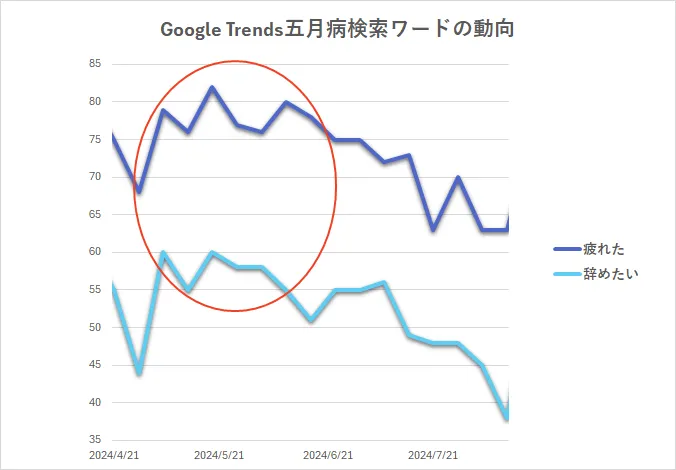
Understanding the Increase in Workplace Departure Anxiety: A Deep Dive into Google Trends by Taichi Kogure
Analyzing the Crisis of Workplace Communication and Departure Anxiety
In April 2025, Taichi Kogure, leader of the Japan Educational Communication Association, conducted a thorough analysis of Google search data covering the period from April 19, 2020, to April 19, 2025. His findings unveil alarming trends in employee mental health during the transitional month of May, commonly referred to as 'May blues' in Japan. The data indicates a notable spike in searches related to 'May blues,' alongside phrases like 'I want to quit my job' and 'I lack motivation.' This correlation suggests a deeper undercurrent of stress and possible workplace communication breakdowns, reflecting that such search behavior might be more than temporary discomfort.
Kogure introduces the concept of 'silent stress,' warning that the unvoiced signs of distress could lead to sudden resignations if not addressed promptly. By analyzing Google's trend data, he reveals the critical issues behind these searches, especially the role of organizational communication failures and the inadequacies of current support frameworks, such as 1-on-1 meetings that fail to provide a remedy for employees' struggles.
The Seasonal Spike of 'May Blues': A Closer Look
Kogure's analysis reveals several noteworthy patterns:
- - Clear Seasonality of 'May Blues' Searches: The search term 'May blues' exhibits a strong seasonal increase every year from late April to May.
- - Correlation with Psychological Distress: Searches indicative of mental fatigue, such as 'I lack motivation' and 'I feel lethargic,' rise concurrently with searches for 'May blues.' This indicates that individuals experiencing May blues may be searching for language to express their feelings of discomfort.
- - Ongoing Struggles are Reflected in Searches: The term 'I don’t want to do anything' consistently garners high search volumes, suggesting a persistent psychological burden.
- - Significant Increase in 'Job Quit' Searches: Notably, searches for terms like 'I want to quit' and 'resignation service' see sharp rises that coincide with the peak of May blues, further emphasizing the direct connection between workplace stress and the desire to resign.
- - 2024 as a Turning Point and Early Signals for 2025: The 2024 season saw a dramatic rise across related keywords, a trend that has extended into early 2025, primarily surrounding 'May blues' and 'I want to quit my job.'
Kogure's Insights on Communication Failures
Reflecting on these trends, Kogure articulates a troubling reality in many workplaces: the inability to communicate distress. He states,
"It’s not simply that people cannot express their feelings; they live in environments where open dialogue is discouraged. Psychological safety is paramount for effective communication. If employees feel they cannot honestly express their challenges to their superiors or peers, it breeds a culture of silence.
This unspoken pressure leads to an increase in psychological burdens and prompts extreme behaviors such as searching for resignation options. Kogure argues that the absence of an open communication culture exacerbates workplace tensions and can lead to serious emotional crises.
Inadequacies of 1-on-1 Meetings
Despite the growing trend of implementing 1-on-1 meetings in organizations for employee engagement, Kogure argues that merely instituting such frameworks can be insufficient. He insists that these sessions often devolve into superficial reporting unless deeper communication issues are addressed. He notes,
"While 1-on-1 meetings are intended to foster open dialogue, if employees don’t feel safe sharing their feelings, these sessions will revert to mere check-ins. Without a conducive environment, disguised emotional stress signals will go unnoticed, potentially leading employees to exit when seasonal stress peaks."
Kogure emphasizes that organizations need to create authentic communication channels where trust is established, allowing employees to share real concerns comfortably.
The Language Program: A Fresh Approach
To combat these challenges, the Japan Educational Communication Association has developed the 'Language Formation Program' targeting organizational communication. This program includes:
- - Frameworks to articulate and express distress or uncertainty.
- - Designing a 'common language' for unified understanding within the organization.
- - Creating structured environments for honest dialogue that build connectivity among employees.
The early adopters of this program report transformational outcomes, including marked reductions in employee turnover and drastically improved quality in 1-on-1 meetings.
For more information on this program or to apply, visit the official website.
Conclusion
Taichi Kogure's analysis highlights a pressing need for improved communication frameworks within organizations to address the increasing levels of workplace dissatisfaction and 'May blues.' By understanding the interconnectedness of these trends, companies can harness practical strategies to foster healthier, more resilient work environments.
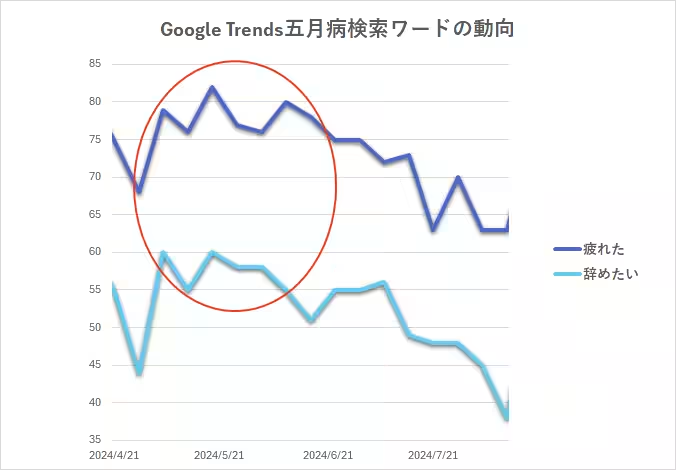

Topics People & Culture)






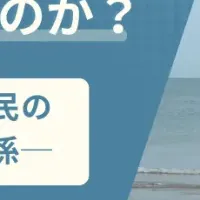

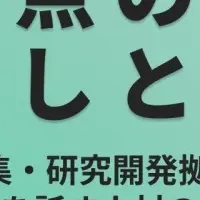
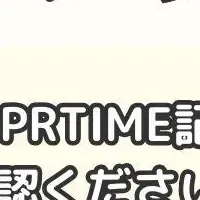
【About Using Articles】
You can freely use the title and article content by linking to the page where the article is posted.
※ Images cannot be used.
【About Links】
Links are free to use.